Honda City Hatchback vs. BYD Dolphin, how to choose for short-distance commuting?
 Kevin WongNov 05, 2025, 03:41 PM
Kevin WongNov 05, 2025, 03:41 PM
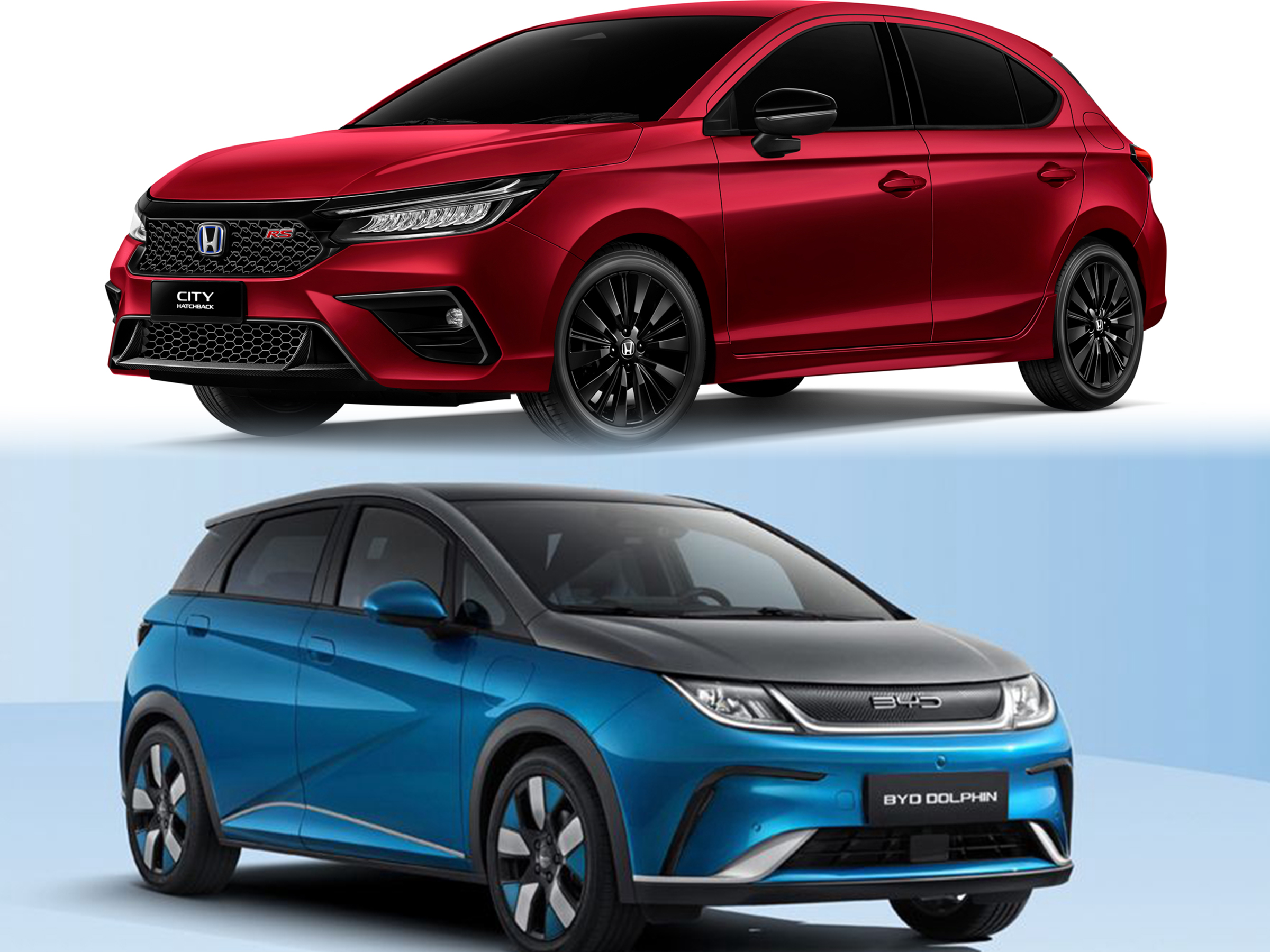 【PCauto】When faced with the choice between the Honda City Hatchback and the BYD Dolphin, many urban commuters find themselves weighing two very different philosophies.
【PCauto】When faced with the choice between the Honda City Hatchback and the BYD Dolphin, many urban commuters find themselves weighing two very different philosophies.
If your daily drive is within a few dozen kilometers, and you prioritise a quiet cabin, tech features, and low running costs, the BYD Dolphin, with its pure electric DNA, really stands out.
It starts instantly, its near-silent electric motor creating a library-quiet cabin, while home charging makes refueling as convenient as charging a smartphone.
But the advantages of the Honda City Hatchback are no secret. It is a model of maturity and reliability. For many buyers, choosing a City is the safe, sensible choice.
Yet, most people are not familiar with EVs. Since EVs remain unfamiliar territory for most, this side-by-side look at the BYD Dolphin and Honda City Hatchback will walk you through the electric advantage, helping you see which approach fits your life best.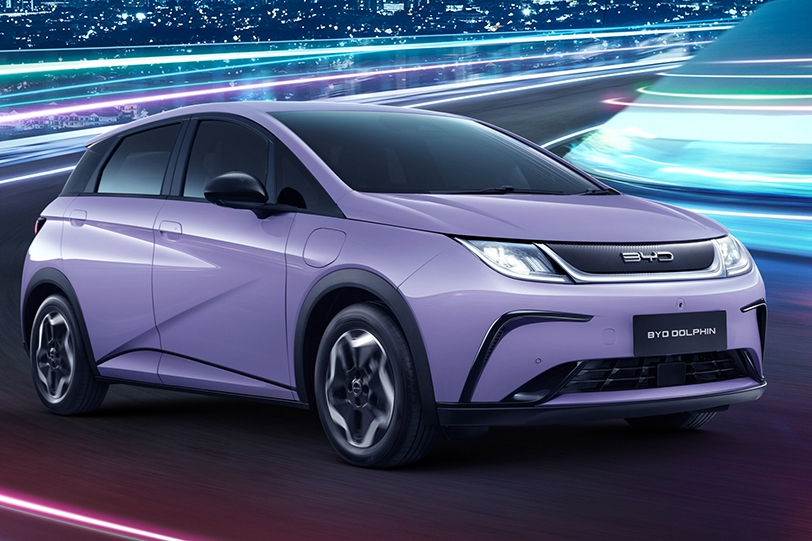
What are the prices of Dolphin and City?
Honda City Hatchback positions itself as an accessible market option
· 1.5 S version priced at RM 85,900
· 1.5 V version priced at RM 95,900
· RS e:HEV hybrid version reaches RM 112,900

BYD Dolphin offers two sub-models:
- Dynamic Standard priced at RM 100,000
- Premium Extended priced at RM 124,900
When it comes to entry-level affordability, Honda holds a clear advantage. In the top-tier comparison, while the BYD commands a higher price, it includes the cost of the battery and the value of its technology features.
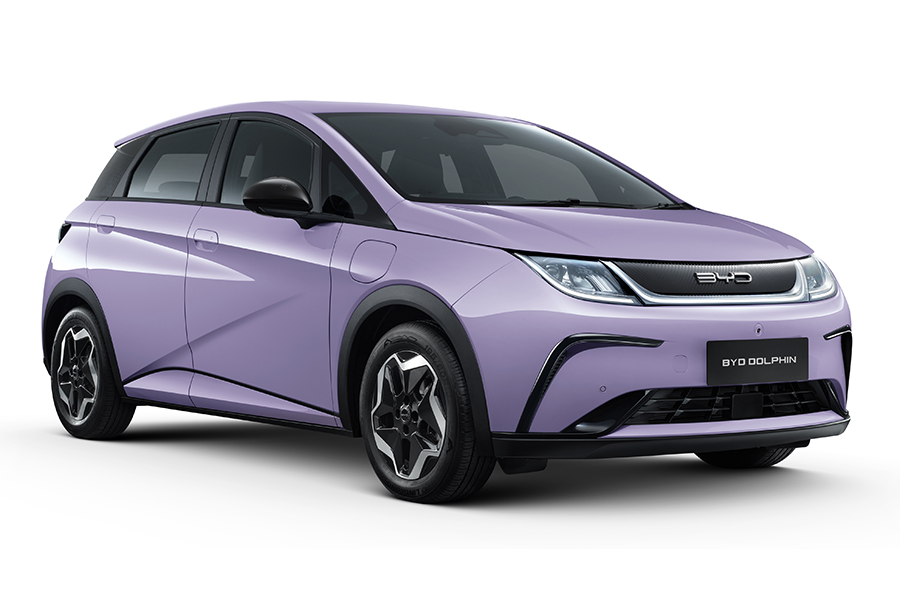
What are the differences between Dolphin and City in terms of size and space?
The Honda City Hatchback measures 4369mm long with a 2600mm wheelbase. Boot space is 289 liters. Its design focuses on being compact and nimble for city streets.
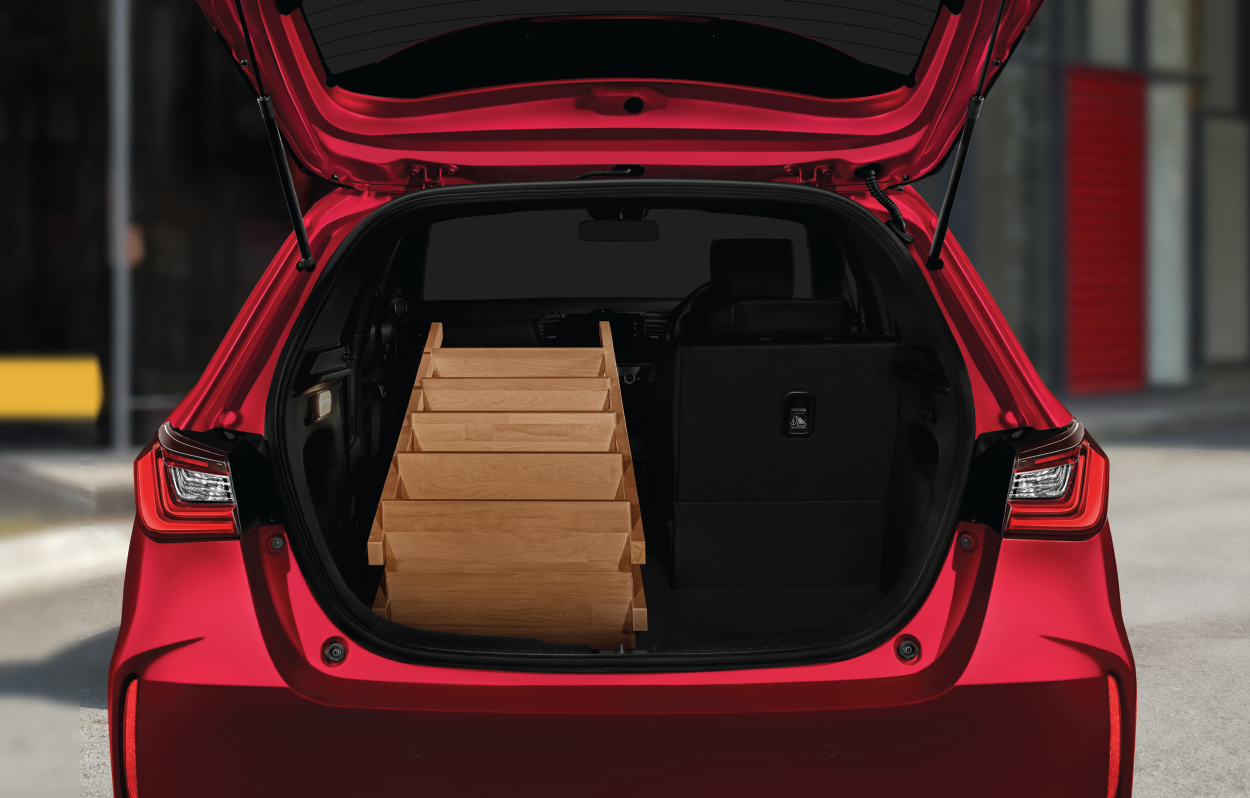
The BYD Dolphin, at 4290mm, is actually slightly more compact in length, yet it rides on a longer 2700mm wheelbase. Boot capacity is a more generous 345 liters. Thanks to its dedicated EV platform, the rear floor is completely flat, freeing up more legroom and practical space.
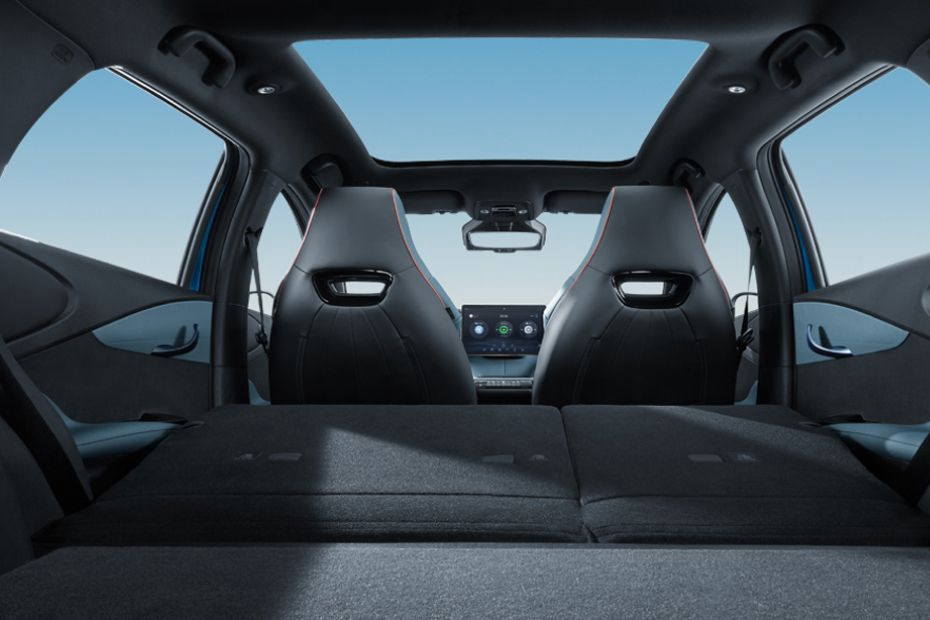
Both models feature a 5-door, 5-seat layout, making them suitable for daily family commutes. This translates to a tangible advantage for the Dolphin in rear legroom and trunk utility, directly enhancing passenger comfort, especially when carrying multiple passengers.
The City Hatchback's 40L fuel tank, on the other hand, enables longer distances between refueling stops, making it adaptable for cross-state travel scenarios.
Which has better interior features and comfort?
In the Honda City Hatchback, features like single-zone automatic climate control and an 8-inch touchscreen are primarily reserved for the higher-tier RS and RS e:HEV variants. Seats are manually adjusted. It's all about practicality and durability.
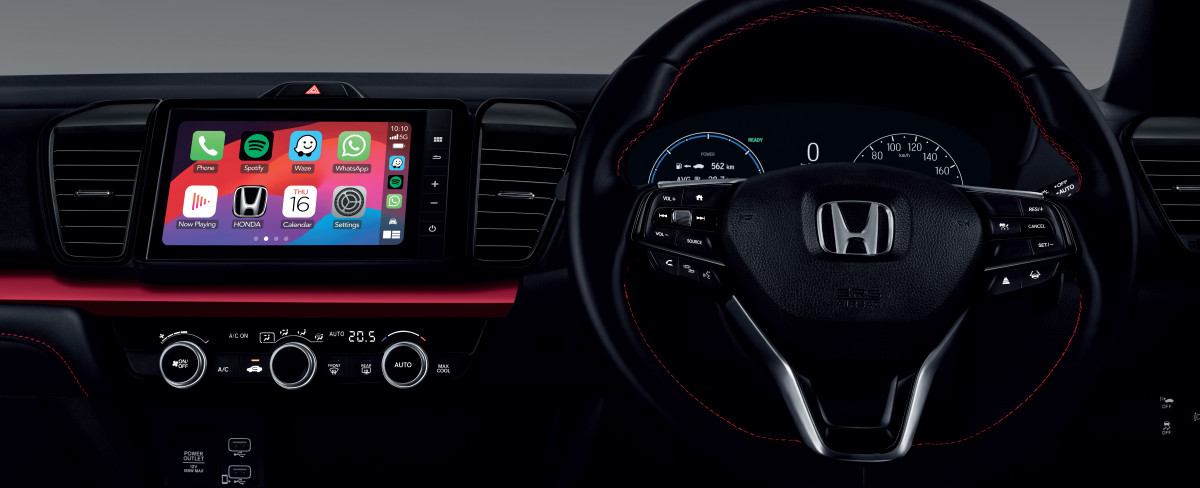
The BYD Dolphin comes standard with automatic air conditioning and rear air conditioning across all trims, while the Premium Extended variant adds power front seats and a fixed panoramic sunroof. The centerpiece, however, is the 12.8-inch rotating infotainment screen, which serves as the main interface for its extensive digital ecosystem.
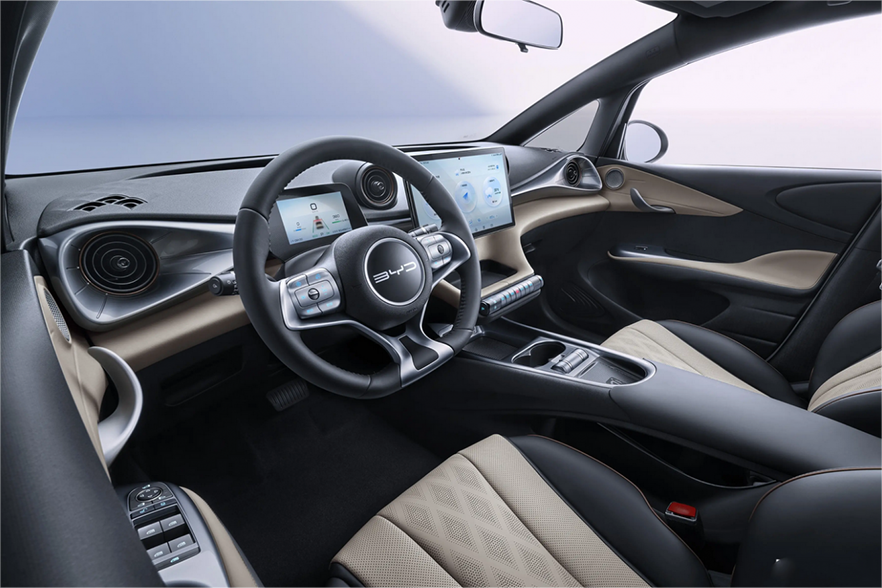
Overall, the Dolphin offers more uniform standard comfort features, with its rotating screen notably enhancing the user experience. In contrast, there is a significant variance in equipment between the different sub-trims of the City Hatchback.
What Are the Differences in Intelligent Technology and Safety Features?
The BYD Dolphin is equipped with the DiLink system, Blind Spot Monitoring (BSM), Lane Keeping Assist, and Automatic Emergency Braking across all trims. That rotating screen supports tons of connectivity apps, showing off its digital advantage.
The Honda City Hatchback features the Honda Sensing suite, which includes Adaptive Cruise Control (ACC), Lane Keep Assist, and Collision Mitigation. But, it doesn't offer Blind Spot Monitoring on any variant, focusing more on essential safety.
In terms of passive safety, both models feature six airbags and ISOFIX child seat anchors, but the Dolphin additionally includes a knee airbag.
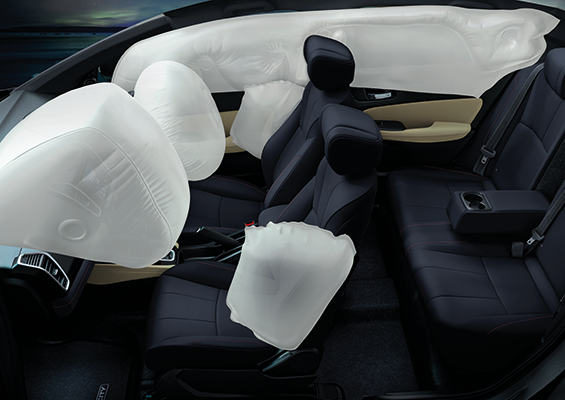
What are the differences in powertrain systems between the Dolphin and the City?
The Honda City Hatchback's 1.5L naturally aspirated engine produces 121PS, paired with a CVT. Fuel consumption is rated at 5.6L/100km. The clever RS e:HEV hybrid version sips just 3.7L/100km and hits 100km/h in 9.7 seconds. The focus here remains on refined operation and exceptional fuel economy.

The BYD Dolphin Dynamic Standard trim produces 95 PS with a 410 km range, while the Premium Extended trim increases the output to 204 PS and the range to 490 km. This delivers a zero-emission drive with minimal 'fueling' expenses, offset by the need to integrate charging into your lifestyle.
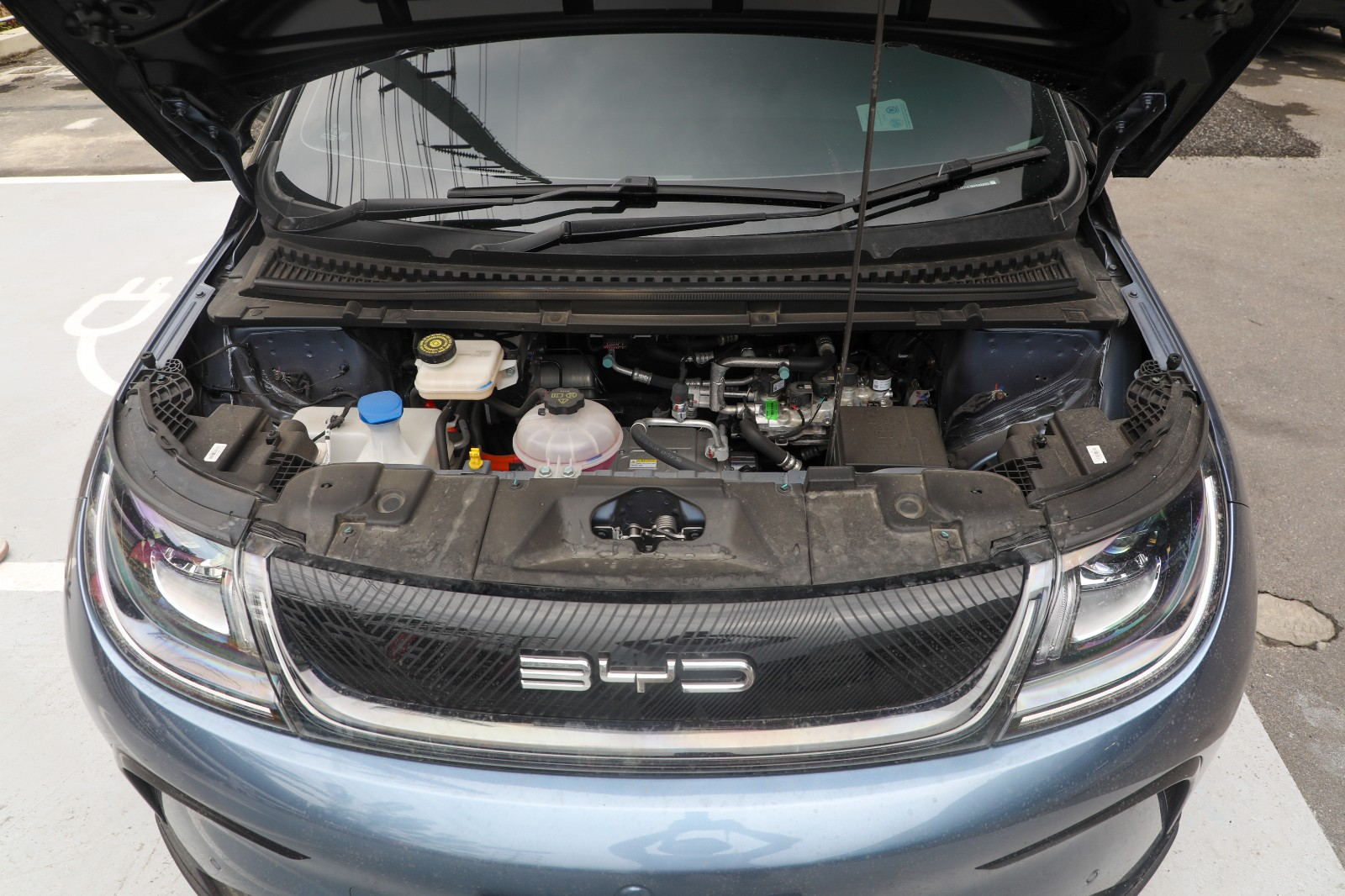
What are the differences in driving experience and chassis tuning between the Dolphin and the City?
The Honda City Hatchback uses a MacPherson strut front and torsion beam rear suspension setup, tuned for comfort. It soaks up bumps well, making it ideal for our city roads.
The BYD Dolphin gets a more sophisticated multi-link rear suspension. The battery pack under the floor gives it a low centre of gravity, which means better stability in corners. Just note the 130mm ground clearance is a bit low, so be careful with steep ramps.
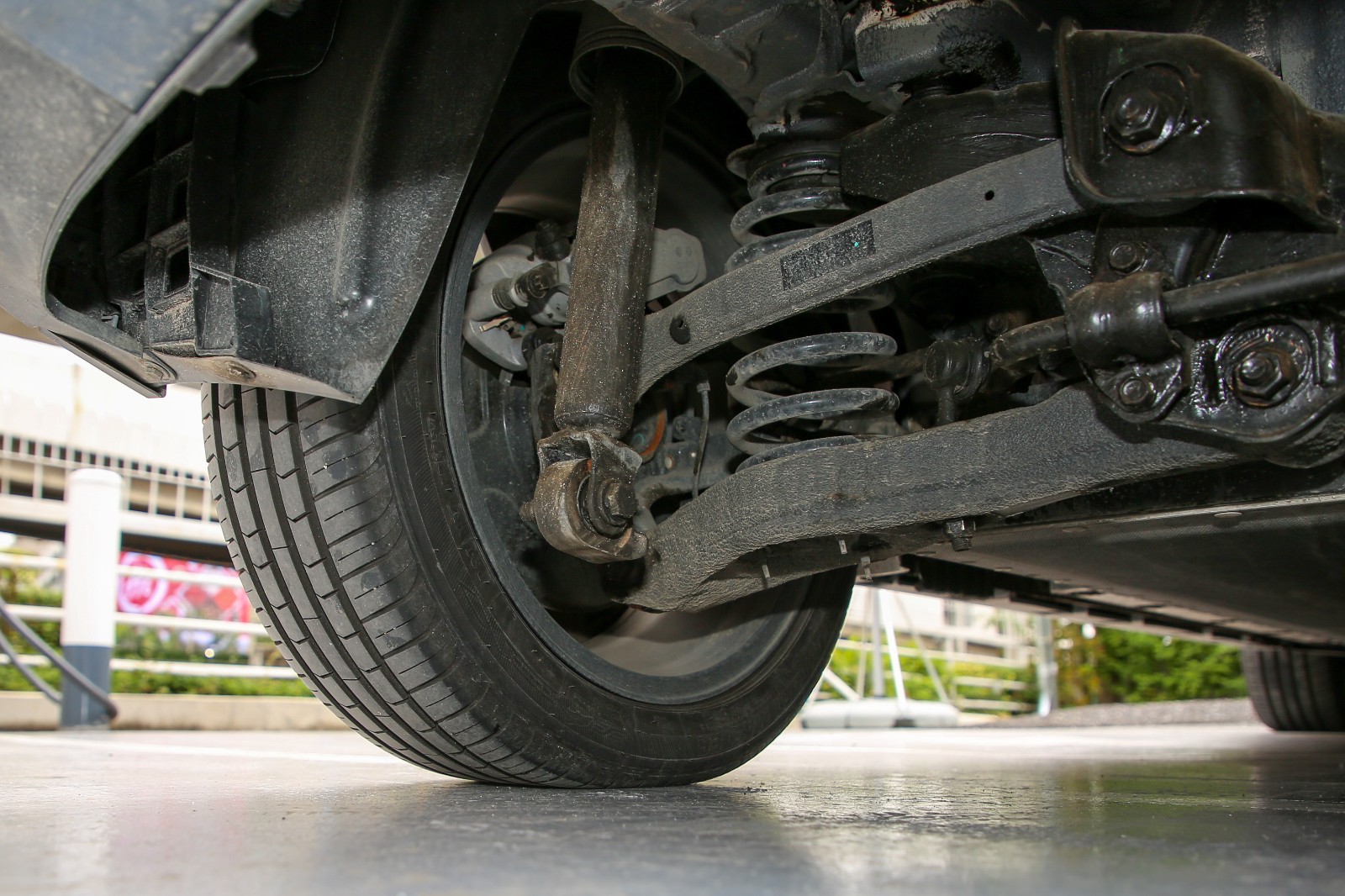
On the road, the difference in character is immediate: the Dolphin delivers instant electric torque for brisk off-the-line acceleration, while the City Hatchback's CVT builds speed in a linear, predictable manner.
How do Dolphin and City compare in terms of range and energy cost?
The fuel consumption of the Honda City Hatchback's gasoline version is 5.6L/100km, while the hybrid version reduces it to 3.7L/100km. With a wide network of fuel stations, it ensures worry-free long-distance travel.
The BYD Dolphin offers a range of 410km to 490km. Charging costs are substantially lower than refueling; at current electricity rates, the cost per kilometer can be roughly a third of that for a comparable petrol car. But this advantage depends on having access to home or public charging.
If your daily commute is short and you can charge easily, the Dolphin's long-term savings are significant. But if you frequently drive outstation, the City Hatchback's refuelling convenience is still unbeatable.
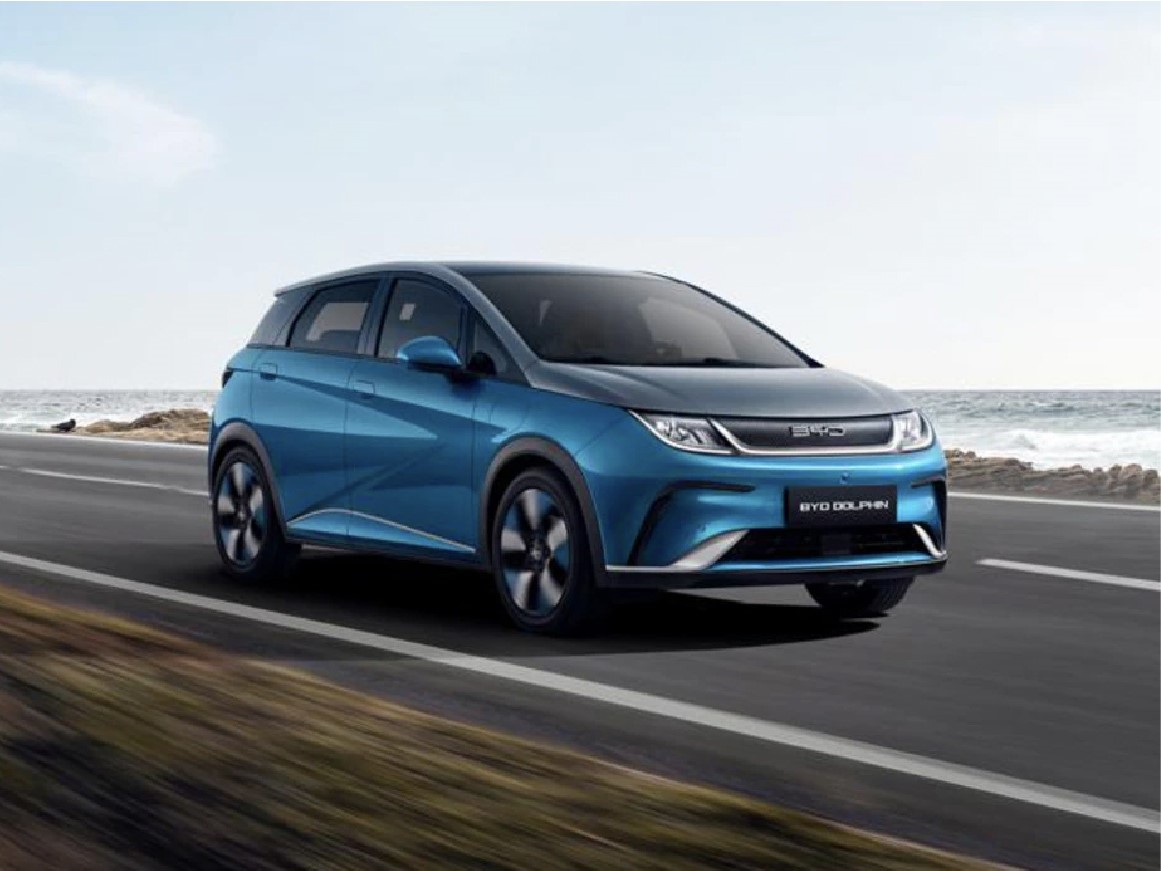
Which has a more reliable service network and after-sales support?
The Honda City Hatchback, supported by Honda's established dealership network in Malaysia, provides a 5-year unlimited mileage warranty, with fast maintenance response and ample spare parts supply.
The BYD Dolphin offers a solid 8-year battery warranty. Its service network, however, is still in its expansion phase and currently lacks the density of established rivals.

How should we choose?
So, where does that leave you? The Honda City Hatchback makes the most sense if refuelling convenience, frequent outstation travel, and a proven service network are top priorities. The e:HEV hybrid version, especially, is fantastically fuel-efficient.
But here’s a thought: if the e:HEV’s sipping habits have already impressed you, imagine taking the next step to an EV.
Therefore, the BYD Dolphin is the smarter choice if you're chasing the lowest possible running costs, want more tech as standard, and love a quiet, refined drive. If you have a dedicated charging point, even better!
If any infringement occurs, please contact us for deletion
Trending News

BYD Sealion 7 is not only cheaper than Tesla Model Y, what other differences do they have?
Is it better to buy the BYD Sealion 7 or the Tesla Model Y? This really makes one a bit hesitant, but before you make a decision, I recommend you take a good look at this article.

2026 Toyota Hilux Travo released, the brand-new exterior and interior are highly anticipated
If you're considering buying a Hilux, honestly, the comprehensive innovations in the ninth generation are worth waiting for. While the current model might still have some advantages in terms of reliability and price, the new model offers significant changes in terms of exterior and interior luxury, tech features, and powertrain options.

Toyota Land Cruiser FJ did not disappoint, the most anticipated civilian off-road vehicle is back.
Since its birth in 1951 under the name Toyota BJ, the Land Cruiser series has accumulated sales of approximately 12.15 million units in over 190 countries and regions worldwide, becoming a global off-road icon spanning more than 70 years.

In Malaysia, which sliding door MPVs are available?
The numerous advantages of sliding door MPVs make many people fond of this type of vehicle. However, MPVs are not a mainstream choice in the car market, so many people might not know which MPVs are available domestically.

Jaecoo J7 VS Honda CR-V, which is the most worthwhile C-Segment SUV to buy
With an exterior that closely resembles a Land Rover, Jaecoo J7's sales experienced several months of rapid growth but have recently slowed down. Perhaps the market is nearing saturation, as Jaecoo J7 has already surpassed the once-dominant Honda CR-V in the C-Segment SUV category.
Popular Cars
Model Year
Car Compare
Car Photo

